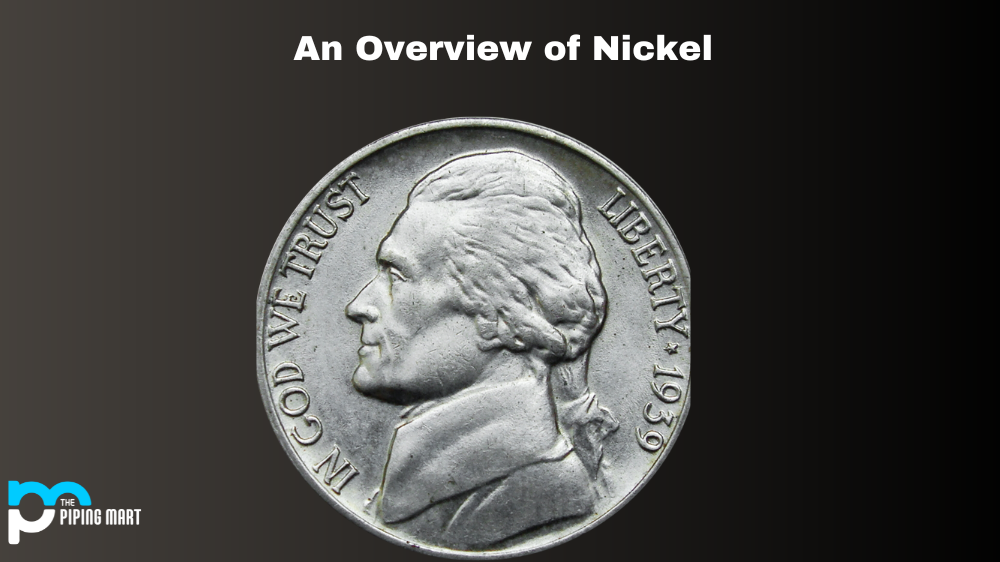Nickel is a metal that’s used in many everyday items. It’s one of the transition metals, meaning it has properties between those of two sets of elements—in this case, between metals and nonmetals. Its malleability and ductility make it an ideal material for everything from coins and jewelry to industrial machinery components. Let’s take a closer look at nickel and find out why it’s so helpful!
Physical Characteristics
Nickel occurs naturally as an element in the Earth’s crust. It is silver-white, but when exposed to oxygen over time, the metal takes on a dull gray hue because of corrosion. Along with its malleability and ductility, nickel also has high thermal conductivity and is highly resistant to magnetic fields—two qualities that make it desirable for electrical applications.
Uses for Nickel
Thanks to its unique physical characteristics, nickel is used in many industries. The most common application for nickel is in coins; nearly all coins contain some nickel due to the metal’s malleability and resistance to corrosion. Jewelry makers often use nickel alloys because they are less expensive than other precious metals like gold or silver but have attractive luster. Nickel can also be found in stainless steel kitchen appliances such as sinks and refrigerators. In addition, many industrial machines rely on parts made out of nickel alloys due to their durability and strength, even under extreme temperatures or pressures.
Nickel Mining
Nickel production comes primarily from two different sources: laterite ore deposits close to the surface (usually less than 200 meters deep) and sulfide ore deposits deeper underground (generally more than 200 meters deep). Most laterite ore deposits come from Australia, Canada, Indonesia, New Caledonia, Philippines, Russia, Suriname, and Cuba; sulfide ore deposits mostly come from Canada and Russia. As with any mining activity, environmental concerns are associated with both mining activities; however, these concerns can be addressed through proper mitigation practices by mining companies operating responsibly in these countries.
Conclusion:
Nickel is an incredibly versatile transition metal used throughout history for everything from coins to kitchen appliances. Its malleability makes it ideal for forming into shapes, while its resistance to oxidation keeps it shiny even after long exposure to air or water. Thanks to its numerous applications across multiple industries—from jewelry making to industrial machine parts—nickel will continue to play an essential role in modern society going forward!

Pipingmart is a B2B portal that specializes in metal, industrial and piping items. Additionally, we share the latest information and information about materials, products and various types of grades to assist businesses that are involved in this business.




